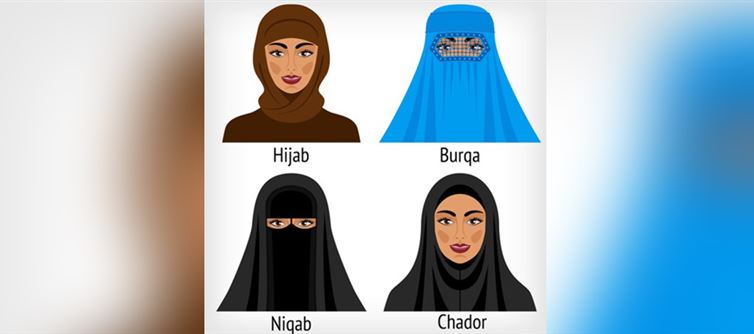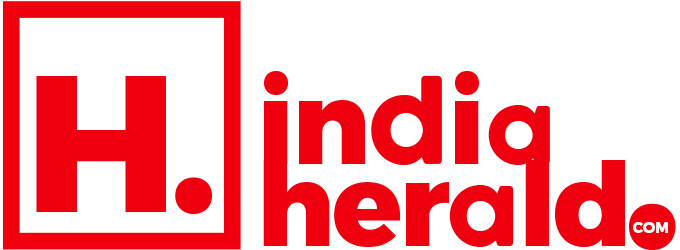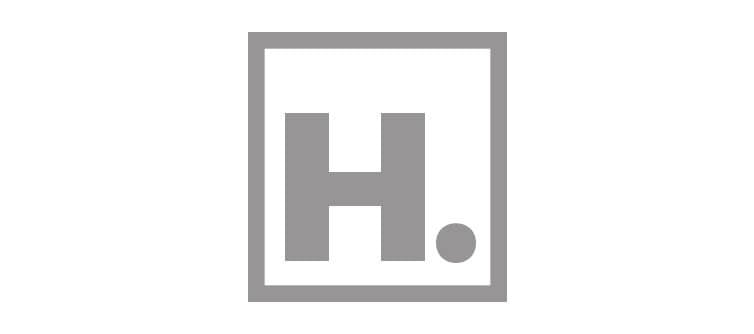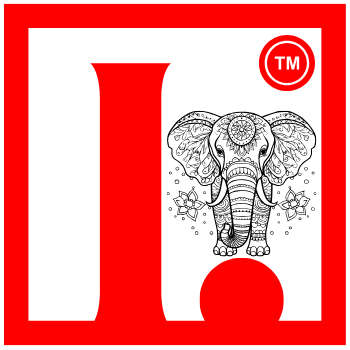
1. Hijab
Definition: The hijab is the most commonly used and recognized term in the West, referring specifically to a headscarf that covers the hair, neck, and sometimes the shoulders, but leaves the face visible.
Usage: It is widely worn by Muslim women around the world, including in countries like Indonesia, Egypt, and Turkey.
Cultural Significance: The hijab symbolizes modesty, privacy, and morality. It is often considered a personal choice and a form of religious expression.
Styles: There are many ways to wear the hijab, ranging from simple wraps to more elaborate styles depending on cultural or personal fashion preferences.
2. Niqab
Definition: The niqab is a face veil that covers the face, typically leaving only the eyes visible. It is worn in addition to the hijab, which covers the hair and neck.
Usage: More common in conservative parts of the Middle east like saudi arabia and Yemen, and among some communities in South Asia.
Cultural Significance: Seen as a stricter interpretation of Islamic modesty. For many who wear it, it reflects a deeper level of piety or a specific religious belief.
Variants: Some niqabs come with an eye-veil as well, offering complete coverage when desired.
3. Burqa
Definition: The burqa is the most comprehensive covering, which covers the entire body, including the face, with a mesh screen or grille over the eyes for vision.
Usage: Most notably associated with Afghanistan, particularly under the Taliban regime, but also seen in parts of pakistan and India.
Cultural Significance: Often seen as a symbol of strict cultural enforcement rather than personal religious practice. In some regions, it is mandated by law or societal pressure.
Controversy: The burqa has been at the center of many global debates on women's rights, security, and religious freedom.
4. Chador
Definition: The chador is a large semicircular piece of fabric that is draped over the entire body and held closed in the front, usually without hand fasteners. It does not cover the face.
Usage: Most commonly worn in Iran, especially among more traditional or religious women.
Cultural Significance: Often worn during prayers or religious occasions and by many as daily wear in conservative Iranian cities.
Style: Unlike other coverings, the chador requires one hand to hold it in place unless it’s pinned or wrapped tightly, making it a practical but slightly cumbersome garment.
| Garment | Covers Hair | Covers Face | Covers Body | Eyes Visible | Most Common In |
|---|---|---|---|---|---|
| Hijab | ✅ | ❌ | ❌ (only hair/neck) | ✅ | Global (esp. Muslim-majority countries) |
| Niqab | ✅ | ✅ (except eyes) | ✅ | ✅ | Gulf countries, South Asia |
| Burqa | ✅ | ✅ (mesh screen) | ✅ | ⚫️ (screened) | Afghanistan, parts of Pakistan |
| Chador | ✅ | ❌ | ✅ | ✅ | Iran |




 click and follow Indiaherald WhatsApp channel
click and follow Indiaherald WhatsApp channel